How to Choose the Best Battery Storage Systems for Solar
There are several options for choosing a solar battery. There is cost, chemistry differences, capacities, efficiency, etc., to consider. It’s best to be informed to make the best choice. Axia Solar is on a mission to make it easy for you to choose by providing you with reliable information that will empower you to be energy independent and electrify your life!
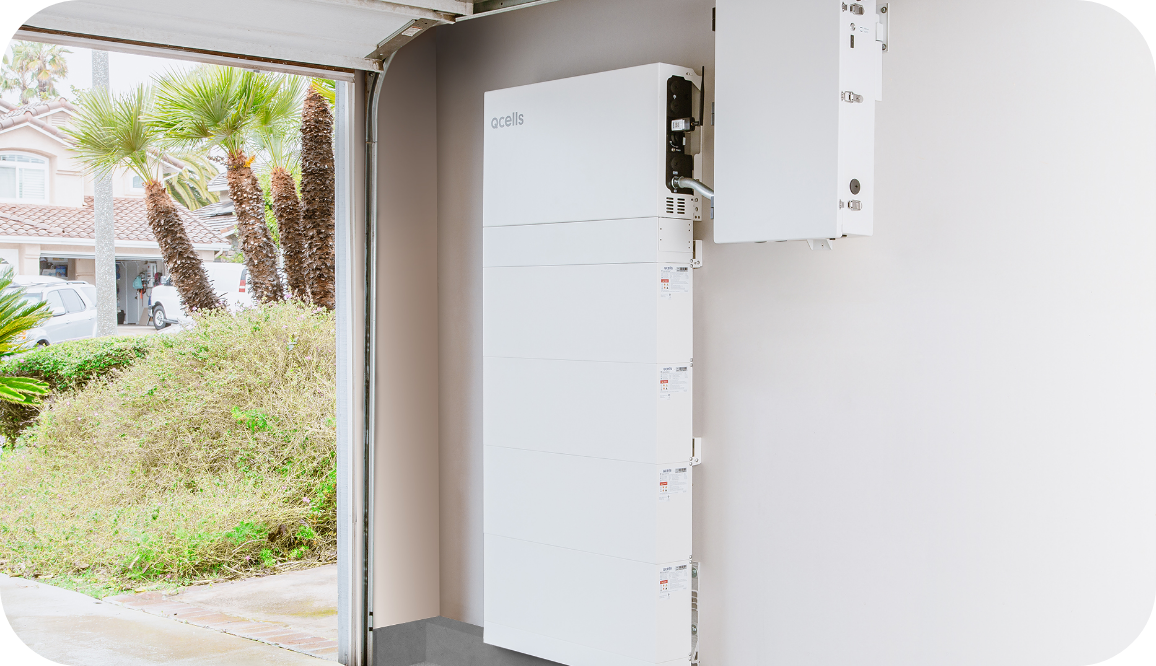
The Daunting Task of Choosing a Solar Battery
It can take time to decide on the best solar battery for a solar system. There are so many options and factors to consider that it can leave you wondering where to start. Read on to break down what to look for in a solar battery.
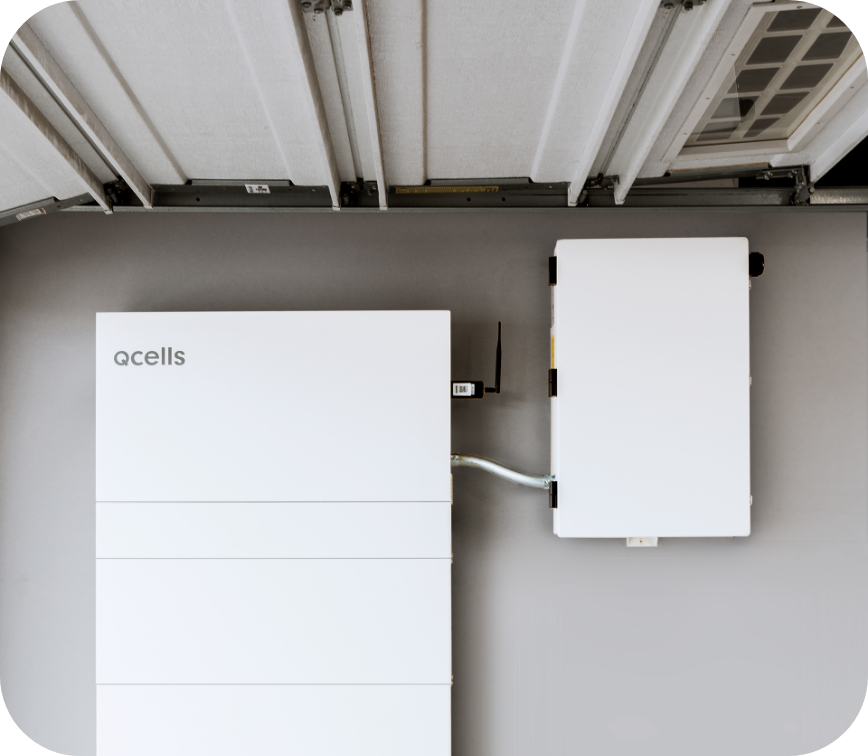
What to Look for in a Home Solar Battery: Six Measurements to Consider
It would be best to find the correct battery for your solar setup. Every solar battery on the market is made differently. Even batteries with the same specifications will usually have different performances. It would be best if you had some specs on your list when you’re ready to find the best battery for solar power storage.
Power Rating
Your battery’s power rating measures the amount of power it can put out at any one time. A power rating will normally be measured in kilowatts (kW) but sometimes appears in amps (A).
By knowing a battery’s power rating and checking it against the power usage of the various appliances you hope to power with the battery, you can determine if the battery is equipped for the job.
For example, suppose you checked the specs of a handful of appliances in your home and added up their power usage to around 4.5 kW. In that scenario, you could keep that group of appliances powered by a single battery with a continuous power rating of 5 kW.
With that said, it’s also important to note that some solar batteries will have two power ratings that measure different aspects of their power output capabilities. A continuous power rating measures how many kilowatts the battery can consistently provide, while an instantaneous power rating measures how much a battery can provide in a quick burst. Having a good instantaneous power rating ensures that you can use appliances that need a fair amount of startup power but run at a lower power level while in operation.
Battery Size
A battery’s size (or usable storage capacity) is the full amount of energy the battery can store and dispense to your home. Your solar battery’s size is measured in kilowatt-hours (kWh), multiplying the amount of power (kW) used by the amount of time it was being drawn(h). To put that into context, if an appliance of yours is drawing 1 kW of power over 1 hour, then the appliance has used 1 kWh.
While the average size of a solar battery is about 10 kWh, the best battery size (and amount) for your use case will depend on a variety of factors, including
Roundtrip Efficiency
The laws of physics can be a pain to combat sometimes, especially when it comes to electrical engineering. No method of power generation is 100% efficient. When your solar panels produce energy and send it to the battery, not all that energy will make it to the battery and back out again, even if you have the best battery for solar power storage in your specific use case. Some energy is lost to heat along the way, more is lost when the electrical current is inverted from DC to AC, and due to the electrochemical processes of a battery, you don’t get quite as much power out of a battery as what you put into it.
Some solar batteries are better at this process than others holding onto more of the electricity that was put into it than other batteries can do. How well a solar battery preserves the charge put into it is measured by the battery’s roundtrip efficiency. A higher roundtrip efficiency means that a battery loses less charge, giving a closer amount of kWh to what was put into it in the first place.
Battery Lifetime: Throughput and Cycles
While a good solar battery is a much more impressive technology than the pair of AAAs in your TV remote, they have one thing in common: a limited lifespan. Nothing lasts forever.
However, while most AAAs are single-use, your solar battery can be charged and recharged over several years before they need to be replaced.
A battery’s expected lifetime is measured in throughput and cycles. Throughput is the number of kWh you can reasonably expect the battery to give off in its lifetime. Meanwhile, every time the battery discharges its electricity and recharges back to full, this is considered a charge cycle.
The expected throughput and cycles of a battery are directly related. If a solar battery’s expected lifetime throughput is 25,000 kWh, and a full charge is about 10 kWh, then the battery in question can be expected to last around 2,500 full charge cycles. If that hypothetical battery charge cycled once every day, that’s an estimated battery life of just under eight years.
Safety
For a solar battery to be approved for residential and commercial use in the United States, it must undergo careful scrutiny and rigorous testing. Government mandates require solar batteries to be engineered in a way that ensures your safety. While some manufacturers go to greater lengths to guarantee a safe product, you can rest assured that all solar batteries available in the United States are safe for use in your home.
Chemistry
Different types of solar batteries are made with different chemicals and materials. Though these different types of batteries will be explored in more detail later in the article, each style of battery (lithium-ion, lead-acid, flow, etc.) has its pros and cons to consider.
Flooded vs. Sealed Batteries
Lead-acid batteries come in two types: flooded or sealed. For context, lead-acid batteries are usually filled with sulfuric acid or another electrolyte fluid that reacts with lead to create a charge.
In a flooded battery, the lead plates are completely submerged by electrolytes, allowing the battery to charge and discharge more efficiently and consistently.
However, flooded batteries can be opened up for maintenance and replenishing of electrolyte fluid. While it allows flooded batteries to last longer, it also means that they are less forgiving when it comes to changes in orientation and should be kept right-side-up to prevent leaks.
Sealed batteries are pretty much the same as flooded batteries, except that they are sealed up completely, keeping the electrolyte fluid trapped inside the battery. While they have a slightly shorter lifespan than flooded batteries, sealed batteries have the advantage of not needing regular maintenance. Additionally, since the danger of leaks is removed, sealed batteries can also be placed in any orientation.
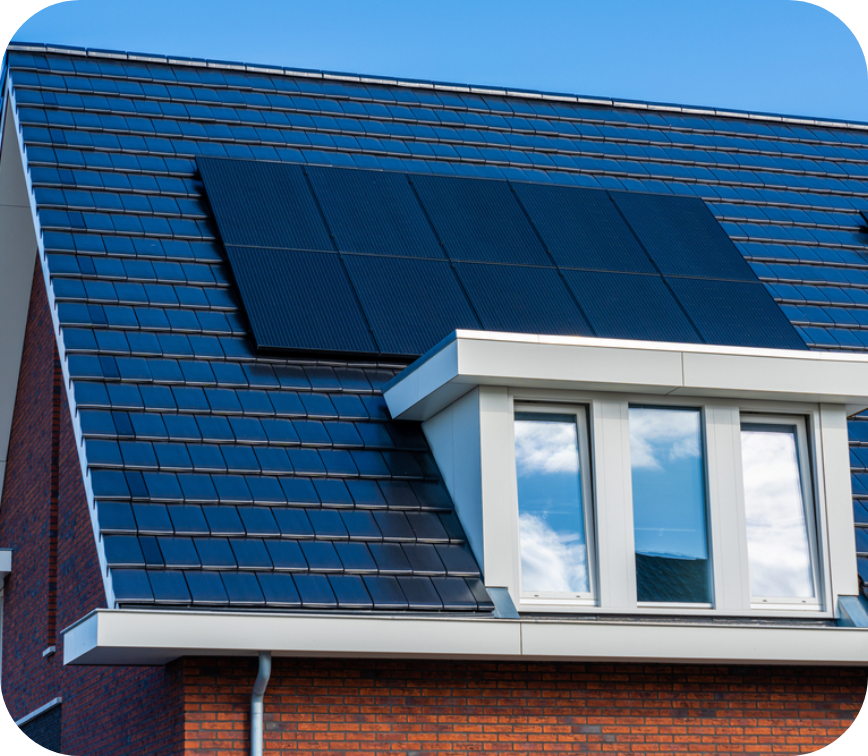
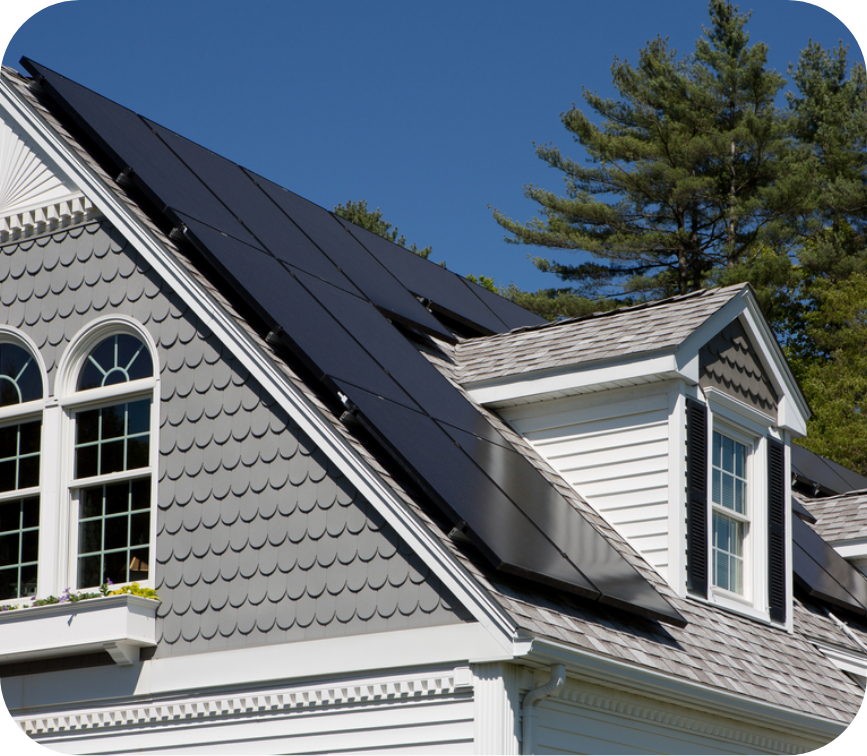
Peak Power Output
Measured by kilowatt peak (kWp), a solar battery’s peak power output is the maximum amount of power the battery can put out under ideal conditions.
Ambient Working Temperature
The environment where you place your battery also matters if you want to maximize performance. While choosing your solar battery, pay attention to the ambient working temperature rating, which describes the temperature range in which the battery will work its best. Be sure that wherever you install your solar batteries, the surrounding temperature is well within the range the battery is rated for.
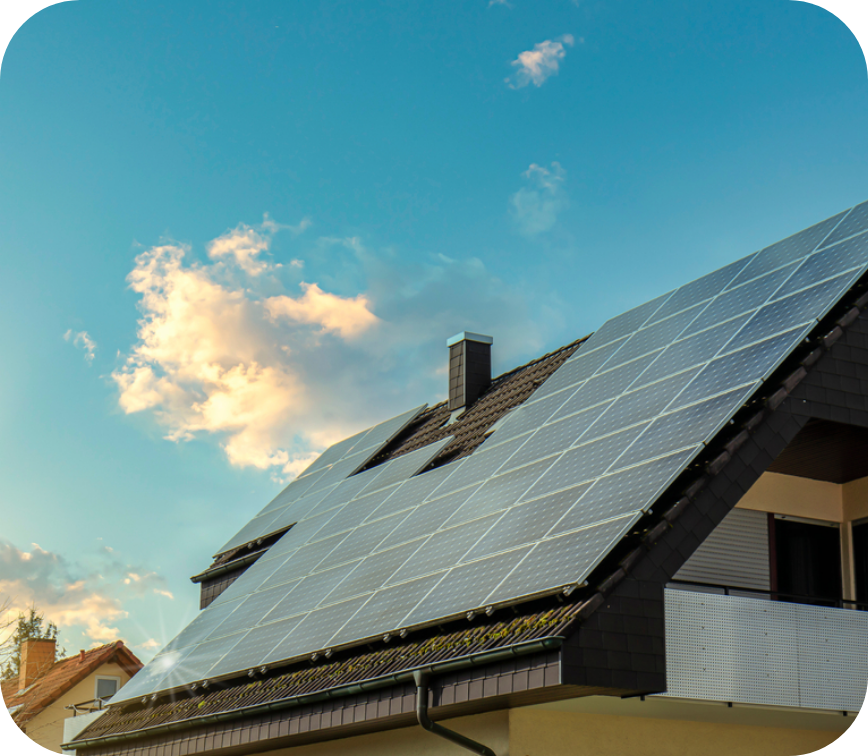
Brand and Warranty
As with many other products, the brand you choose is big for determining the price, availability, and overall quality of a solar battery. Certain brands are more likely to deliver the quality you’re looking for, so pay attention to reviews.
Additionally, not all warranties are made the same. Before making a big-ticket purchase like a solar battery, carefully review the terms of the warranty to ensure you aren’t left on the hook for defective equipment that breaks down prematurely.
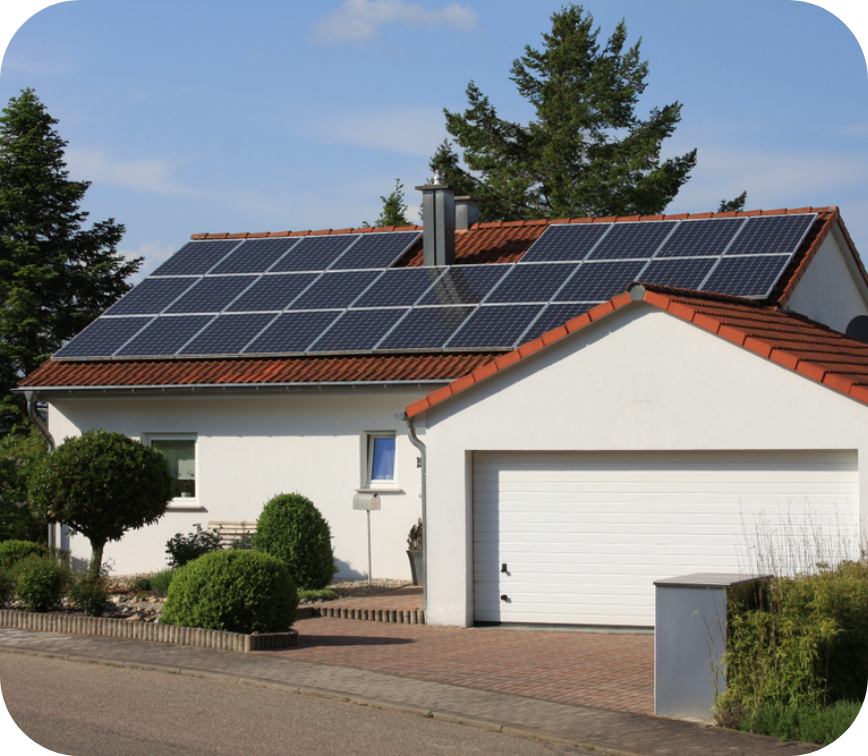
Cost
Finally, it’s important to weigh your budget against the features and capabilities your system requires. With solar batteries, you’ll get what you pay for, but that doesn’t mean you always have to break the bank to get what you need. Research carefully to ensure that you have the right expectations and budget accordingly.
The Different Types of Solar Batteries
There are several types of batteries commonly used in solar power setups today and many other experimental battery technologies. Let’s shine a light on some of the most common solar battery types publically available on the market today, as well as when and where they are best used.
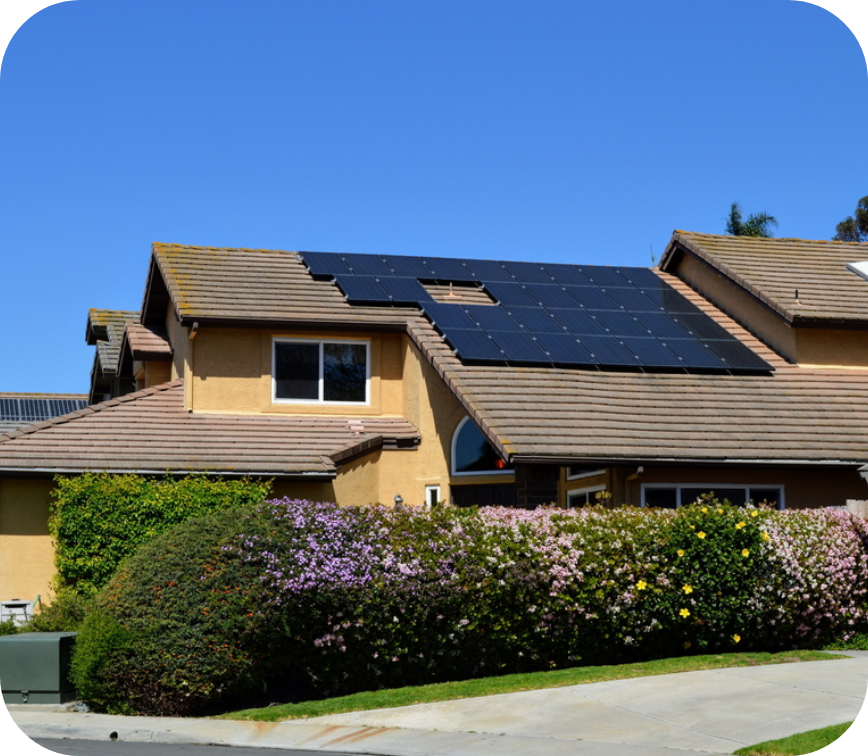
1. Lead-Acid
One of the oldest battery types, lead-acid batteries use a sulfuric acid electrolyte fluid to submerge lead plates creating a chemical reaction conducive to storing and discharging electrical currents. One of the main advantages of lead-acid batteries is that they are the most common type of battery available, making them very easy to find. Because they are common, they tend to be the most affordable option as well. Additionally, lead-acid batteries provide consistent and stable power output for the long term. They will generally be easy to replace or upgrade if you need to switch them out or upgrade them.
Some drawbacks of lead-acid batteries include their size and weight. They are often cumbersome and take up a fair amount of space. Their ambient working temperature is also lower than room temperature, so using them will necessitate you having an environment available to keep them cool.
Lead-acid batteries are a popular option for creating off-grid solar setups and emergency backup power systems.
2. Lithium-Ion
Lithium-ion batteries are made up of various metal sheets, separated from each other by polyolefin, and submerged in a lithium salt solution. Similar to lead-acid batteries, the arrangement of these materials within a lithium-ion battery creates a chemical reaction that directs electricity in and out of the battery for storage and discharge.
Lithium-ion batteries have many advantages, starting with the fact that they require little to no maintenance. They are also more energy-dense than lead-acid batteries, which allows lithium-ion batteries to come in smaller sizes while still packing the same energy capacity. Additionally, they can work reliably in environments with more temperature fluctuations. One of the biggest benefits of a lithium-ion battery is its higher depth of discharge compared to other batteries, meaning that it can use more of its full charge in any cycle, a fact that also contributes to lithium-ions lasting longer (up to 15 years).
Downsides of lithium-ion batteries include their cost and potential fragility. The materials involved can make lithium-ion batteries more expensive than others, sometimes double what a similar capacity lead-acid battery might cost. When not used properly, a lithium-ion battery can also be fragile, so they will need a stabilizing circuit if you want to use them safely.
Most commonly, lithium-ion batteries are found in electric vehicles, but in home solar energy use cases, they are also popular as space-saving options or battery options for climates and homes with more extreme temperatures.
3. Flow
In a flow battery, electrolyte chemicals are housed in two separate tanks (one with zinc and the other with bromine) and simultaneously pumped past opposite sides of a graphite membrane. This interaction allows the chemicals to exchange electrons and produce a current.
Flow batteries can offer several advantages for a solar energy system. First, flow batteries are very scalable, meaning that their potential energy output scales proportionately with their physical size. Flow batteries also don’t tend to overheat during use. Finally, a flow battery has a very high depth of discharge in comparison to most other battery types, so you’ll get a longer lifespan and more power per charge from each battery.
On the other hand, there are some drawbacks to consider with flow batteries. For one, they tend to be more expensive because of the costly materials used to make them. This can also make them a challenging item to acquire since very few companies actually produce flow batteries for commercial use. Their scalability is a double-edged sword. If you have a higher energy usage, you will likely need a larger flow battery to make it work. One other thing to watch out for is corrosive and toxic materials. Zinc and bromine can be dangerous, so flow batteries should be very carefully handled to avoid exposure to these materials.
Flow batteries are best used in cases with high energy demand. If you have a large-scale system and plan on doing multiple charge cycles daily, a flow battery might be suitable for your solar setup.
4. Sodium-Nickel Chloride
Sodium-nickel chloride batteries use sodium, nickel, and sodium chloride electrodes immersed in a complex mixture of ceramic and sodium-based electrolytes. These mechanics work similarly to lead-acid or lithium-ion batteries but with different chemicals causing the reaction.
A few benefits of sodium-nickel chloride batteries include their sustainability, lack of toxic chemicals, and a broad ambient working temperature range. A sodium-nickel chloride battery is fully recyclable and does not produce any toxic chemical emissions or create any fire risks. Additionally, their ambient working temperature range spans anywhere from -4ºF and 140ºF, allowing them to function efficiently in some truly extreme temperatures.
Looking at the negatives, sodium-nickel chloride batteries usually have a shorter lifespan than other types of batteries, so long-term reliability is an issue. They also have a shallow depth of discharge, which means that a significant amount of the energy it stores is functionally unusable.
Sodium-nickel chloride solar batteries are most often used in off-grid solar installations requiring a large power load. They can also be used as emergency backup power sources.
How to Choose the Best Solar Battery for Your Home
It’s difficult to pin down the “best solar battery” for all use cases. Because everyone has different needs in their home, your ideal solar battery depends largely on your budget, the environment you live in, and the amount of energy you’ll need from your solar setup.
Budget
A battery with a higher capacity or more advanced technology will naturally cost more, so determining the best battery for your setup will require you to take a thorough and honest look at your finances to determine how much battery you can reasonably afford.
Environment
Your home’s location and the amount of sunlight your home receives throughout the year will have a big impact on the efficiency of your solar panels and will therefore dictate the amount of energy that you can store in a battery.
Energy Needed
Paired with the amount of energy you can generate with your solar panels, you should also take into account the energy you regularly consume. The more appliances you regularly run or intend to run during a power outage will give you an idea of the energy you need and how large of a battery can sustain your usage.
Choosing the Best Solar Storage Batteries for Your Situation
With the details in this guide, you now have the information necessary to help you make the most informed decision about choosing the best solar storage batteries for your unique situation. Reach out to Axia Solar if you’re ready to join the solar revolution. We promise a hassle-free solar transition and will be there with you every step of the way.